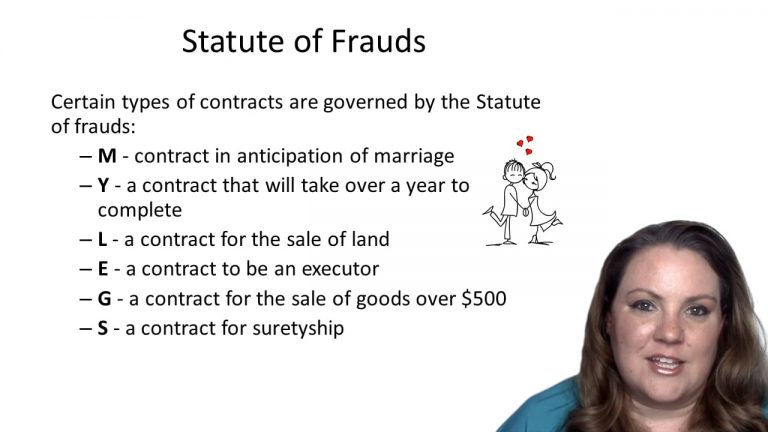SmartBrief
Confirm favorite deletion?
Contracts Keyed to Farnsworth
Crabtree v. Elizabeth Arden Sales Corp.
Citation:
110 N.E.2d 551Facts
Nate Crabtree (plaintiff) entered into preliminary negotiations for employment as a sales manager at Elizabeth Arden Sales Corporation (defendant). Following his interview, Crabtree requested a three-year contract where he would be paid $25,000 a year. The personal secretary of the corporation’s owner, Elizabeth Arden, drafted a memorandum that offered Crabtree a two-year contract where he would start at $20,000. He would receive $25,000 after six months and then $30,000 during his second year of employment. The agreement was not signed. Crabtree accepted his invitation to join the corporation and received an initialed “pay roll change” card that reiterated his incremental salary increases. Crabtree received his raise after six months, but never received his second raise. He received a new “pay roll change” card that was signed by the comptroller of the corporation, but Crabtree’s salary still never increased. Crabtree sued Elizabeth Arden Sales Corporation for breach of contract.
Only StudyBuddy Pro offers the complete Case Brief Anatomy*
Access the most important case brief elements for optimal case understanding.
*Case Brief Anatomy includes: Brief Prologue, Complete Case Brief, Brief Epilogue
- The Brief Prologue provides necessary case brief introductory information and includes:
Topic:
Identifies the topic of law and where this case fits within your course outline.Parties:
Identifies the cast of characters involved in the case.Procedural Posture & History:
Shares the case history with how lower courts have ruled on the matter.Case Key Terms, Acts, Doctrines, etc.:
A case specific Legal Term Dictionary.Case Doctrines, Acts, Statutes, Amendments and Treatises:
Identifies and Defines Legal Authority used in this case.
- The Case Brief is the complete case summarized and authored in the traditional Law School I.R.A.C. format. The Pro case brief includes:
Brief Facts:
A Synopsis of the Facts of the case.Rule of Law:
Identifies the Legal Principle the Court used in deciding the case.Facts:
What are the factual circumstances that gave rise to the civil or criminal case? What is the relationship of the Parties that are involved in the case.Issue(s):
Lists the Questions of Law that are raised by the Facts of the case.Holding:
Shares the Court's answer to the legal questions raised in the issue.Concurring / Dissenting Opinions:
Includes valuable concurring or dissenting opinions and their key points.Reasoning and Analysis:
Identifies the chain of argument(s) which led the judges to rule as they did.
- The Brief Prologue closes the case brief with important forward-looking discussion and includes:
Policy:
Identifies the Policy if any that has been established by the case.Court Direction:
Shares where the Court went from here for this case.

 15m 32s
15m 32s